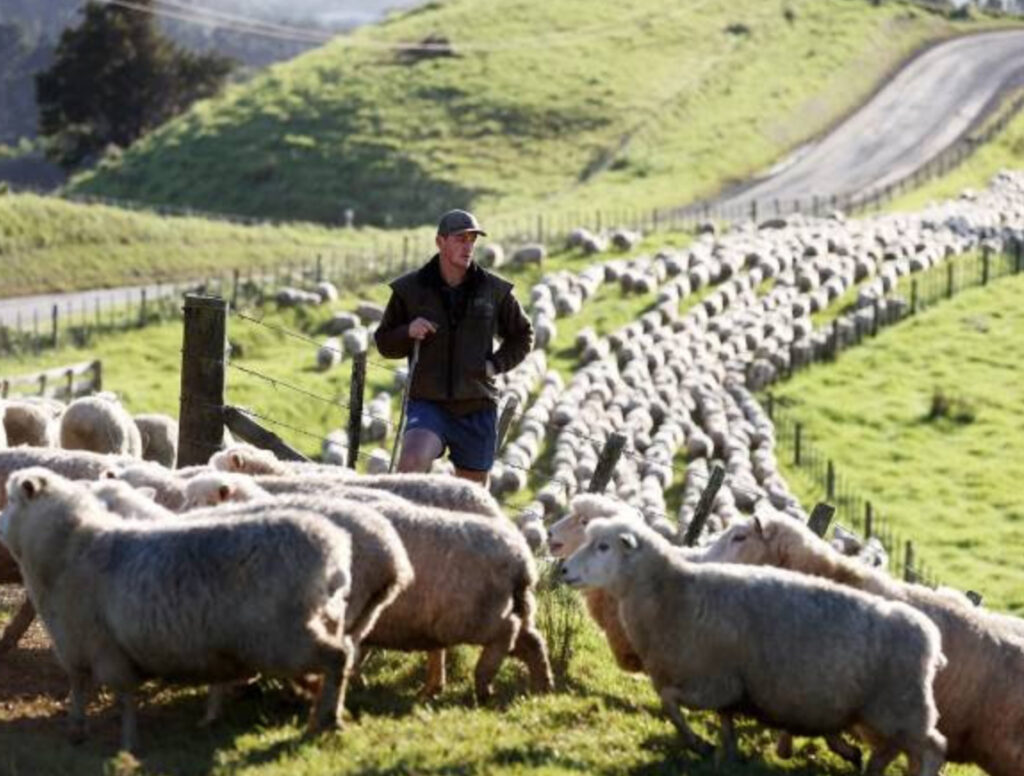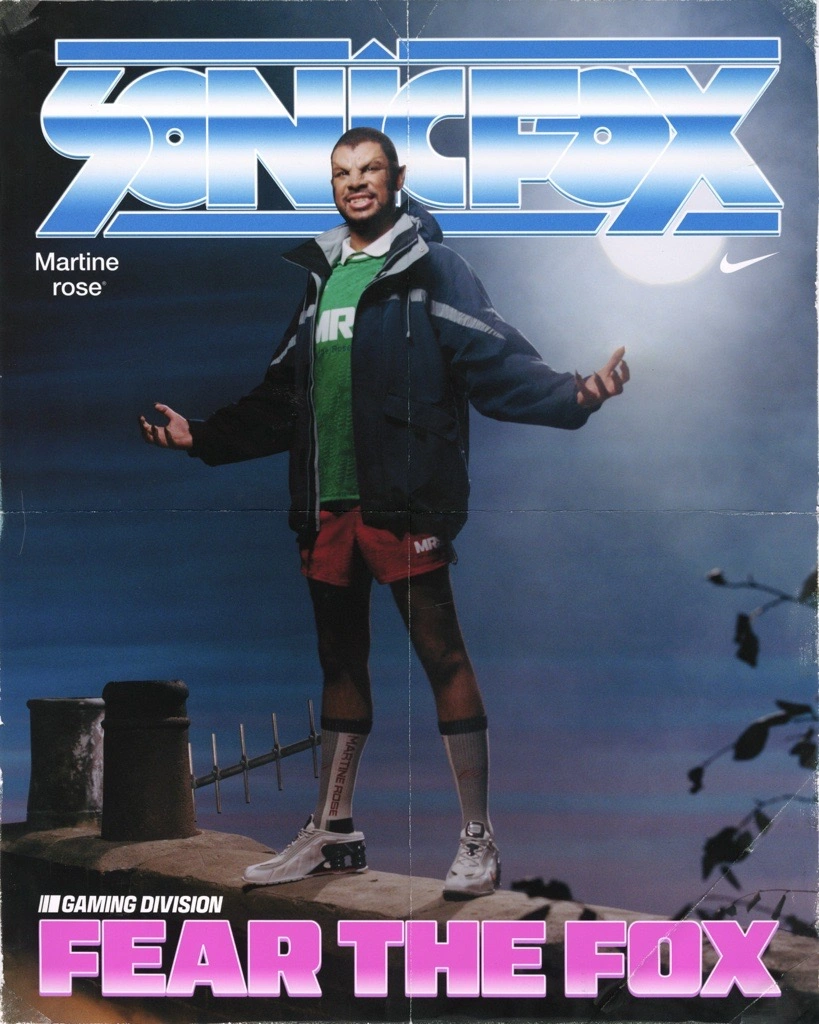There was once a time when the hills of New Zealand weren’t just green—they were white, rolling in waves of wool, a living tapestry of baaing, chewing, grazing ovines. For much of the 20th century, New Zealand wasn’t merely a place of pastoral beauty—it was the sheep capital of the world. At its peak in 1982, the ratio was a staggering 22 sheep for every one human. In that era, wool and lamb exports weren’t just pillars of the economy—they were the national identity.
But by 2025, this narrative has shifted. While sheep still outnumber humans in the land of the long white cloud—approximately 4.5 to 1—the gap has narrowed dramatically, and symbolically. With 23.6 million sheep left across the country, the count is still impressive, but it tells a larger story of industrial transition, global economics, and a slow-motion cultural evolution.
This editorial explores how New Zealand’s sheep story has become a parable of global change, charting a course from agricultural dependence to diversification, from rustic iconography to carbon-conscious innovation.
From Dominion to Decline: The Historical Wool Boom
To understand what’s shifting, one must look back. In the post-war years, particularly the 1950s through the 1970s, sheep farming was king. New Zealand’s fertile pastures, temperate climate, and relative isolation made it an ideal environment for producing high-quality wool and meat. At the time, international demand—especially from the UK—kept rural communities alive and thriving. Wool was dubbed “New Zealand’s golden fleece,” and shearing competitions, field days, and regional A&P (Agricultural and Pastoral) shows filled calendars across the nation.
The entire rural economy was structured around sheep. Regional banks lent on projected wool returns. Schools closed for shearing season. A farmer’s social standing was often measured in merino density. But the system was vulnerable, reliant on commodity markets and international subsidies.
When Britain joined the European Economic Community in 1973, access to its traditional export market was curtailed. The cracks began to show. By the time the wool market collapsed globally in the late 1980s, the sheep count in New Zealand had already begun to plummet.
Why the Decline? Economics, Ecology, and Export Shifts
The answer isn’t just “people like cows more now.” The sheep population decline is the result of a series of economic, environmental, and policy shifts over four decades.
Wool’s Waning Value
The sharpest decline came with the falling price of wool. Once a luxury textile and industrial staple, wool has been gradually replaced by synthetic fibers that are cheaper, easier to dye, and simpler to mass-produce. Global fashion shifted toward fast fashion, which prizes affordability over durability or sustainability. Polyester and acrylic have displaced the homespun prestige of wool.
Dairy’s Dominance
At the same time, New Zealand’s agricultural sector has seen a dramatic pivot toward dairy farming. Milk, cheese, and powdered infant formula (particularly to China and other parts of Asia) have overtaken wool and lamb as high-revenue exports. Fonterra, the dairy cooperative that controls a significant portion of the national milk supply, is a multi-billion-dollar force. As a result, many farmers restructured their properties, sold off sheep flocks, and built dairy-capable infrastructure.
Land Use and Regulation
Dairy requires flatter land, more water, and intensive nutrient management. This has changed the shape of rural development. Meanwhile, environmental regulations have tightened, especially in the past 10 years, due to concerns about nitrogen runoff, methane emissions, and overgrazing. Ironically, sheep farming is less water-intensive and emits less methane per head than cows, but economic pressures have often outweighed ecological considerations.
Climate Change and Global Ethics
Consumers globally are more environmentally conscious. While wool is biodegradable and renewable, meat production—particularly lamb and mutton—has faced increased scrutiny over its carbon footprint. Plant-based eating trends and ethical debates around slaughter practices have contributed to the broader skepticism toward animal farming.
Sheep Today: Who’s Still in the Game?
Despite the downward trend, 23.6 million sheep is no small figure. In fact, for a nation of just over five million people, it’s still a defining symbol. The modern sheep farm in New Zealand looks quite different from its 1980s predecessor—smaller, often integrated with tourism, sometimes focused on niche markets.
Fine Wool Producers
Merino wool remains a premium product, prized for its softness, warmth, and durability. Brands like Icebreaker and Allbirds (co-founded by a Kiwi) have restored a degree of glamour to New Zealand wool. These companies emphasize sustainable sourcing, animal welfare, and transparency, aligning with the values of a younger, urban consumer base.
Boutique Meat Exporters
Rather than exporting vast quantities of frozen lamb, New Zealand now cultivates boutique meat markets abroad. “Grass-fed,” “free-range,” and “regeneratively farmed” labels help sheep farmers command premium prices from buyers in the U.S., Europe, and the Middle East.
Agri-tourism and Heritage Breeds
In regions like Otago, Canterbury, and the Wairarapa, sheep farms are as much about storytelling as they are about agriculture. Visitors can tour shearing sheds, learn about historical breeds like the Corriedale or Romney, and even stay overnight in converted shepherd’s huts. For many tourists—especially Lord of the Rings devotees—the image of a sheep-dotted hillside is an essential part of the New Zealand dream.
2025: What’s New in the World of Sheep?
This year, the Ministry for Primary Industries (MPI) launched a nationwide initiative titled “Pasture Futures,” which aims to create a long-term roadmap for sustainable livestock farming. Sheep farming, long overlooked in favor of dairy and viticulture, is central to the plan.
Key Initiatives Include:
- Methane-reducing breeding programs to identify low-emission sheep strains.
- Remote monitoring technologies using drones and AI to track grazing patterns and reduce overgrazing.
- Subsidies for regenerative farming practices, including rotational grazing and native vegetation restoration.
In a surprising twist, 2025 has also seen a rise in urban sheep programs in places like Wellington and Dunedin. A small but charming movement, it positions sheep as urban grazers—reducing lawn mowing emissions, restoring biodiversity, and serving as public mascots. Think goatscaping, but fluffier.
The Cultural Shift: From Punchline to Emblem of Resilience
There’s no denying that sheep jokes are a global pastime, often at New Zealand’s expense. But as rural New Zealand redefines itself, the sheep is undergoing a quiet rehabilitation—from caricature to climate-conscious icon.
In contemporary literature, visual arts, and film, sheep are now often used to symbolize a tension between old-world agrarian values and the exigencies of the Anthropocene. Artists like Lisa Reihana and Fiona Pardington have incorporated sheep into their work as metaphors for colonial legacy, ecological fragility, and forgotten kinship with land.
Meanwhile, the 2025 Christchurch Biennale will feature an immersive installation titled Ghost Fleece, which uses 3D wool sculptures, ambient soundscapes, and archival footage to chronicle the shifting meaning of sheep in New Zealand’s psyche. It’s less about nostalgia, more about reevaluation.
The Hustle
So, yes—there are fewer sheep in New Zealand than there were in 1982. The 4.5-to-1 ratio may not elicit the same amazed chuckles as the 22-to-1 statistic from four decades ago. But the story behind the numbers is far more complex and compelling.
Sheep are no longer the nation’s economic lifeblood, but they remain woven into the cultural DNA. The decline of sheep is not a story of loss—it is a story of transition. It speaks to how nations adapt, how industries evolve, and how symbols mature.
In 2025, to walk through the highlands near Queenstown or the Canterbury Plains and watch sheep grazing is to bear witness to a legacy still alive. It’s not about numbers anymore. It’s about meaning, memory, and a reimagined future—one pasture at a time.
No comments yet.








